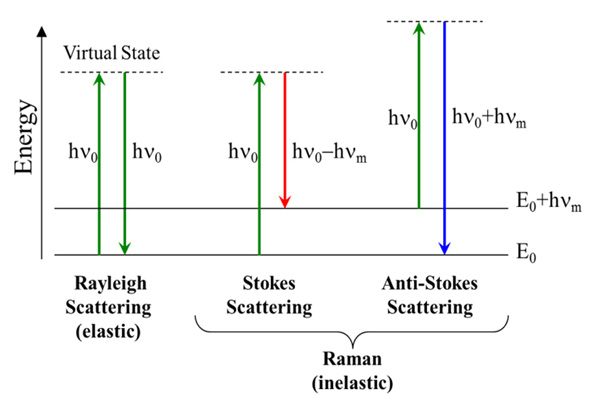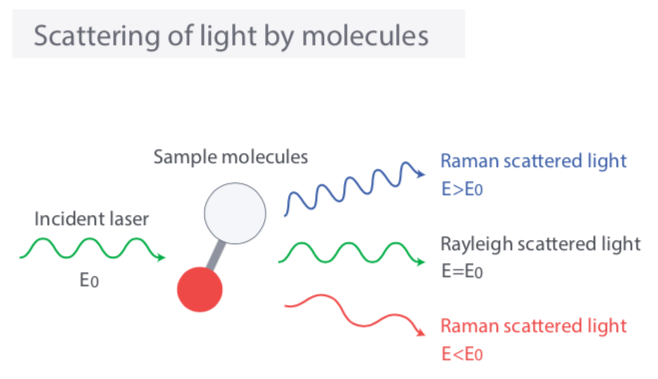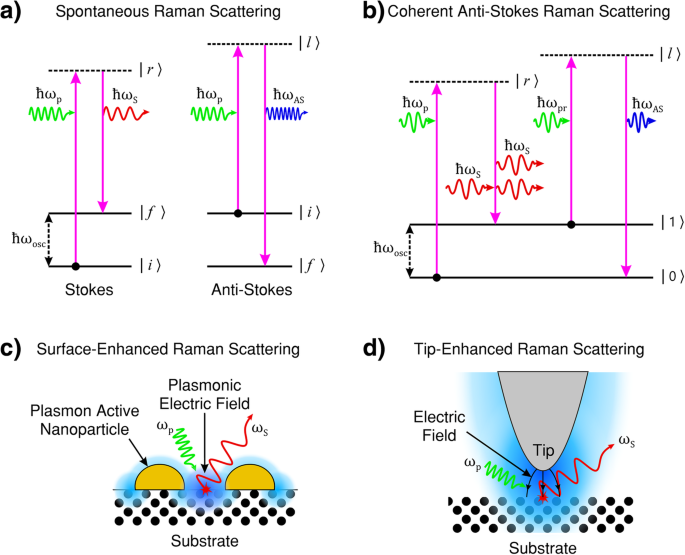Raman Scattering Cross Section

Scattering cross section is an important property it can be quite difficult to measure using normal raman scattering nrs which measures the differential raman scattering cross section drsc by comparison with a standard 1 2.
Raman scattering cross section. In this letter we experimentally quantify the raman scattering from confined carbyne. The absolute magnitude of the raman response of carbyne has remained unexplored. A typical cross section for raman scatter is 10 30cm2sr 1.
Dtnb was embedded in core shell nanorods as a raman reporter which could produce stable raman signals based on its large raman scattering cross section and no fluorescence interference. By further investigating the quantum interpretation of the raman effect it can be shown that the power of the scattered light p s is equal to the product of the intensity of the incident photons i o and a value known as the raman cross section σ r. In addition ag shell prevents dtnb detaching from au nanorod surface and increases the chemical stability of adanrs.
Abstract the differential raman cross sections of the main raman active vibrations have been measured in the gases n 2 o 2 h 2 co no co 2 so 2 n 2 o h 2 s nh 3 nd 3 ch 4 c 2 h 6 and c 6 h 6 using 488 0 nm laser light. We give here the results of the measurements of peak raman scattering cross section for three raman lines in nitrobenzene benzene and toluene for which srs has been studied and for two other lines in benzene and toluene from which no observable srs could be produced. Raman scattering or the raman effect ˈ r ɑː m ən is the inelastic scattering of photons by matter meaning that there is an exchange of energy and a change in the light s direction.
The results are compared with experimental data and a good agreement is obtained. The present results are compared with previous measurements made at other wavelengths. Typically this involves vibrational energy being gained by a molecule as incident photons from a visible laser are shifted to lower energy.
The differential raman scattering cross sections of totally symmetric vibrational modes for pyridine and pyridine metal clusters have been calculated by using ab initio and density functional methods.
















